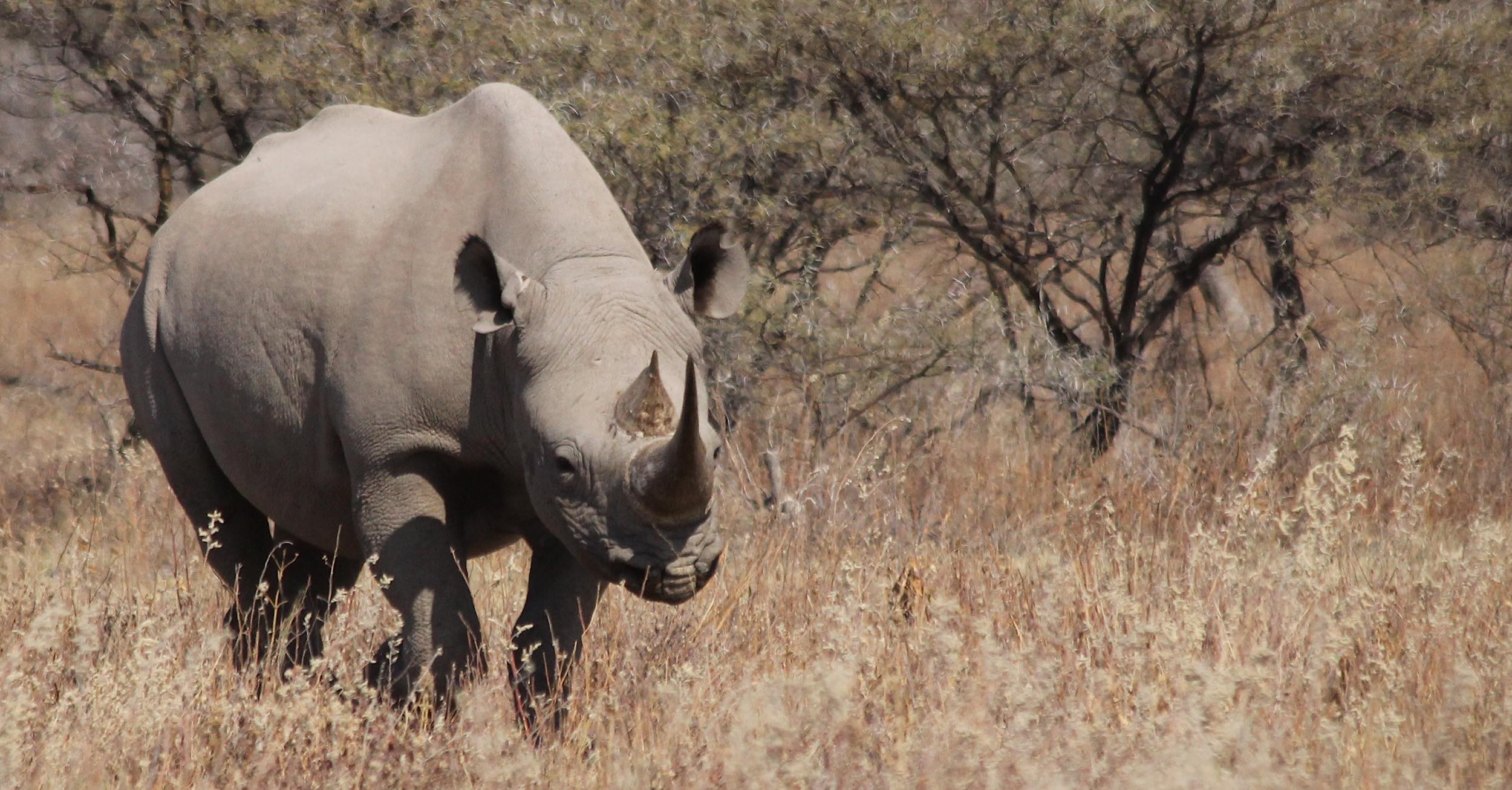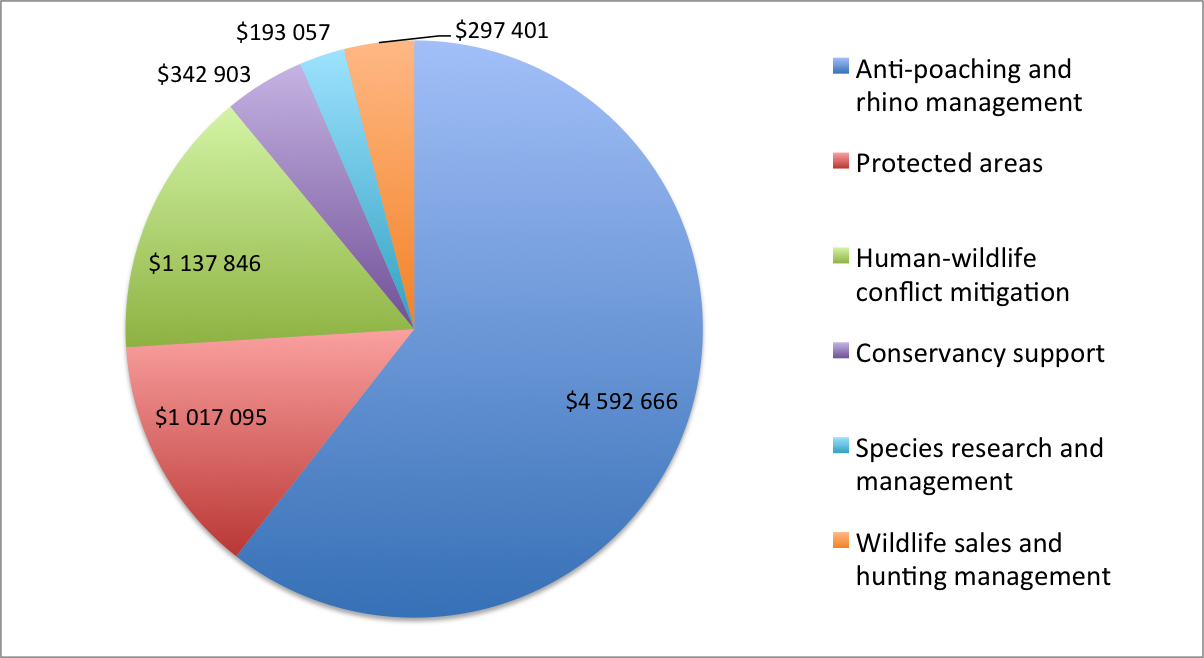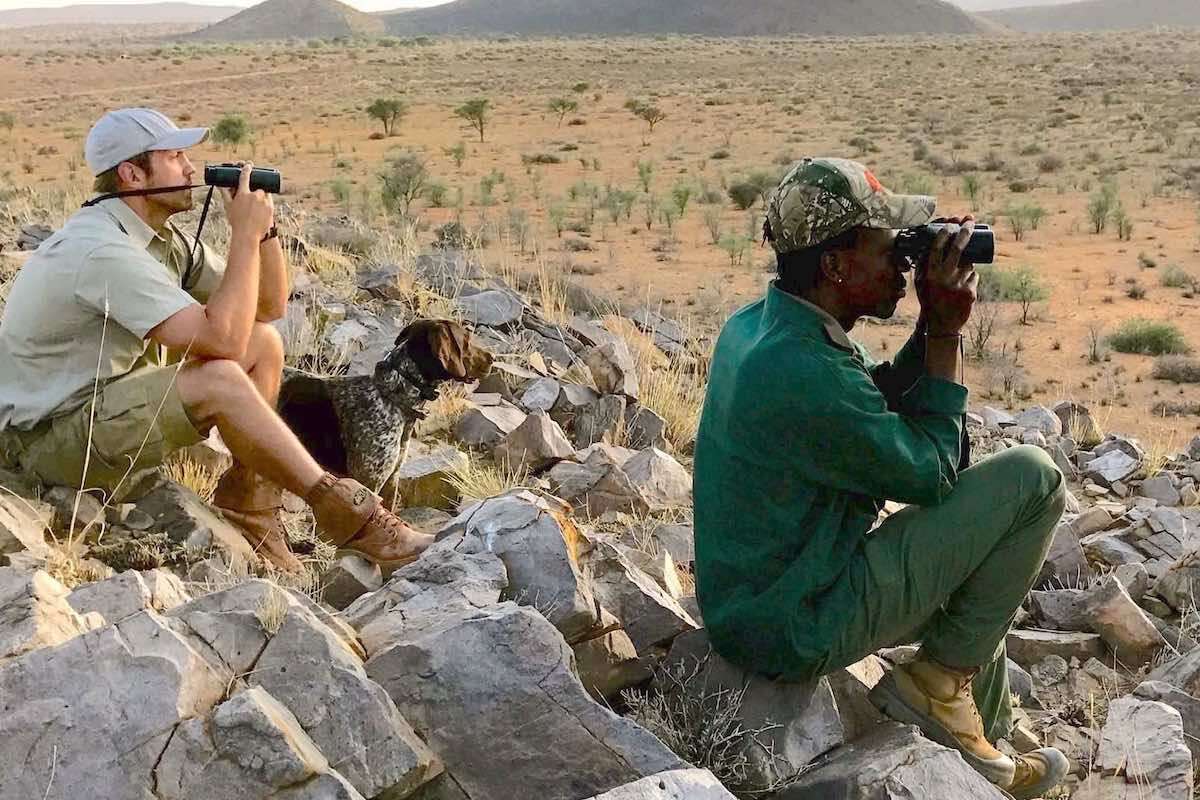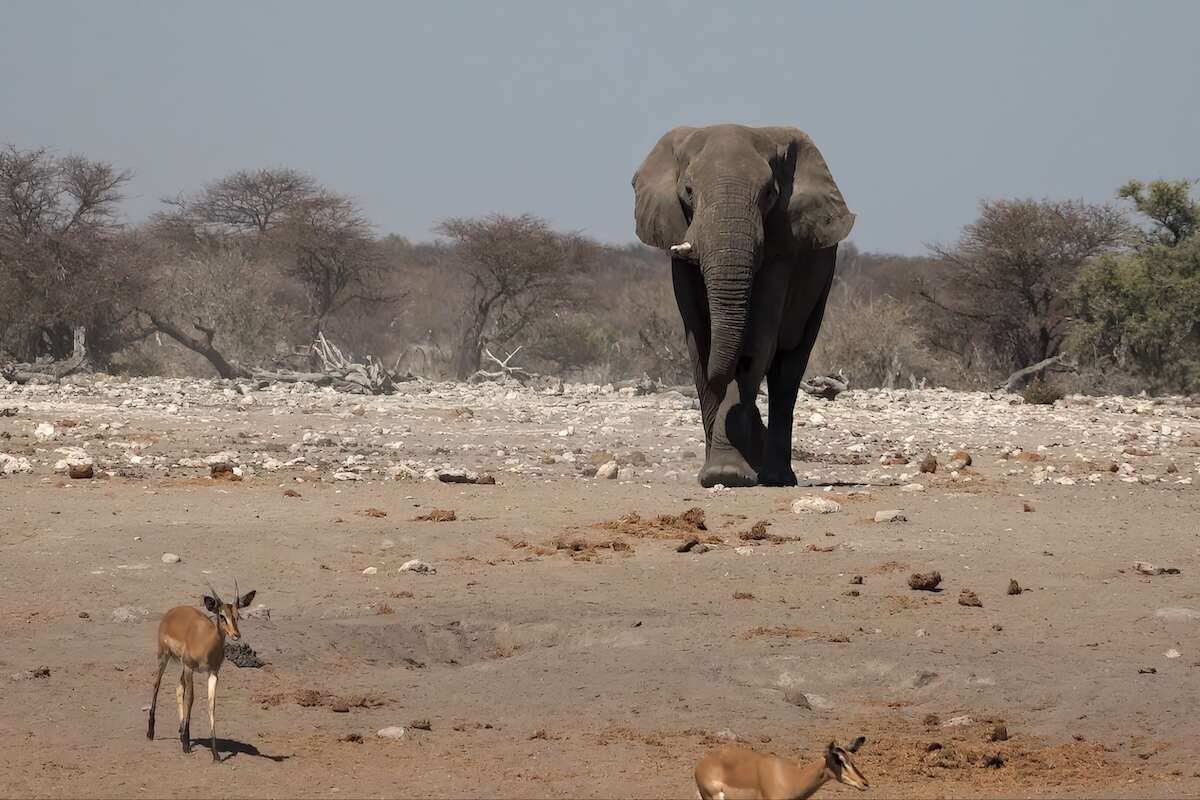
What is the Game Products Trust Fund?
Established by an Act of Parliament in 1997, the Game Products Trust Fund (GPTF) is a funding mechanism that channels income generated through the sustainable use of wildlife back into wildlife conservation and sustainable development projects. It focuses especially on the management of endangered species like black rhino and reducing human-wildlife conflict, but also supports various projects related to conservation and sustainable development.
The stated vision of the GPTF is: To reinvest funds from wildlife use and other sources into sustainable conservation and rural development programmes in Namibia.
The vision is: To be a catalyst for sustainable wildlife management practices while improving livelihoods of those sharing their land with wildlife.
How is the GPTF managed?
The Minister of Environment, Forestry and Tourism (MEFT) appoints a Board of five trustees with a three year term to make decisions regarding how the funds are used during this period. The Board members include representatives of MEFT, the Ministry of Agriculture, Water and Land Reform, the Ministry of Finance, and communal conservancy associations. The Technical Advisory Group comprising MEFT officials assist the board with their expertise in conservation research and management. Day to day affairs are handled by the Fund Management Office.
Organisations or individuals that have projects relating to wildlife conservation or sustainable development can apply for funding from the GPTF using an online application process. The Board sits regularly to review the applications and disburse funds according to set criteria.
Where do the funds come from?
MEFT generates revenue for the GPTF through hunting license fees, live animal sales at auctions attended by private game farmers, and trophy hunts within state protected areas. Each of these sectors are managed according to current laws and hunting quotas set each year for each species. Trophy hunting fees for high value species like black rhino and elephants generate significant revenue for the GPTF. For example, an individual black rhino trophy hunt can generate up to US$ 400,000 for the GPTF.
How are the funds used?
This varies from year to year according to the applications received. Data from the period 2012-2018 give an indication of the funding priorities for the GPTF (Figure 1). All figures are quoted in Namibian dollars (equivalent to ZAR). About 61% of the funds are spent on anti-poaching and management activities focused on black rhinos, whilst human-wildlife conflict (15%) and protected area management (13%) are also major expenditures. The remaining funds were allocated to supporting communal conservancies (5%), managing wildlife sales and hunting (4%), and research and management projects for other species (3%).

Rhino management costs include supporting specialist anti-poaching teams from the Namibian Police Force that assist MEFT rangers, buying vehicles used by these teams, managing the national black rhino custodianship programme, and paying poaching informants. The human-wildlife conflict funding includes money for the Human Wildlife Self Reliance Scheme that assists farmers living in communal conservancies with partial compensation for losses suffered due to wildlife.
For more information on the GPTF, visit their website.
For articles on similar topics, please click one of the following options:
If you enjoyed this page, then you might also like:



We use cookies to monitor site usage and to help improve it. See our Privacy Policy for details. By continuing to use the site, you acknowledge acceptance of our policy.